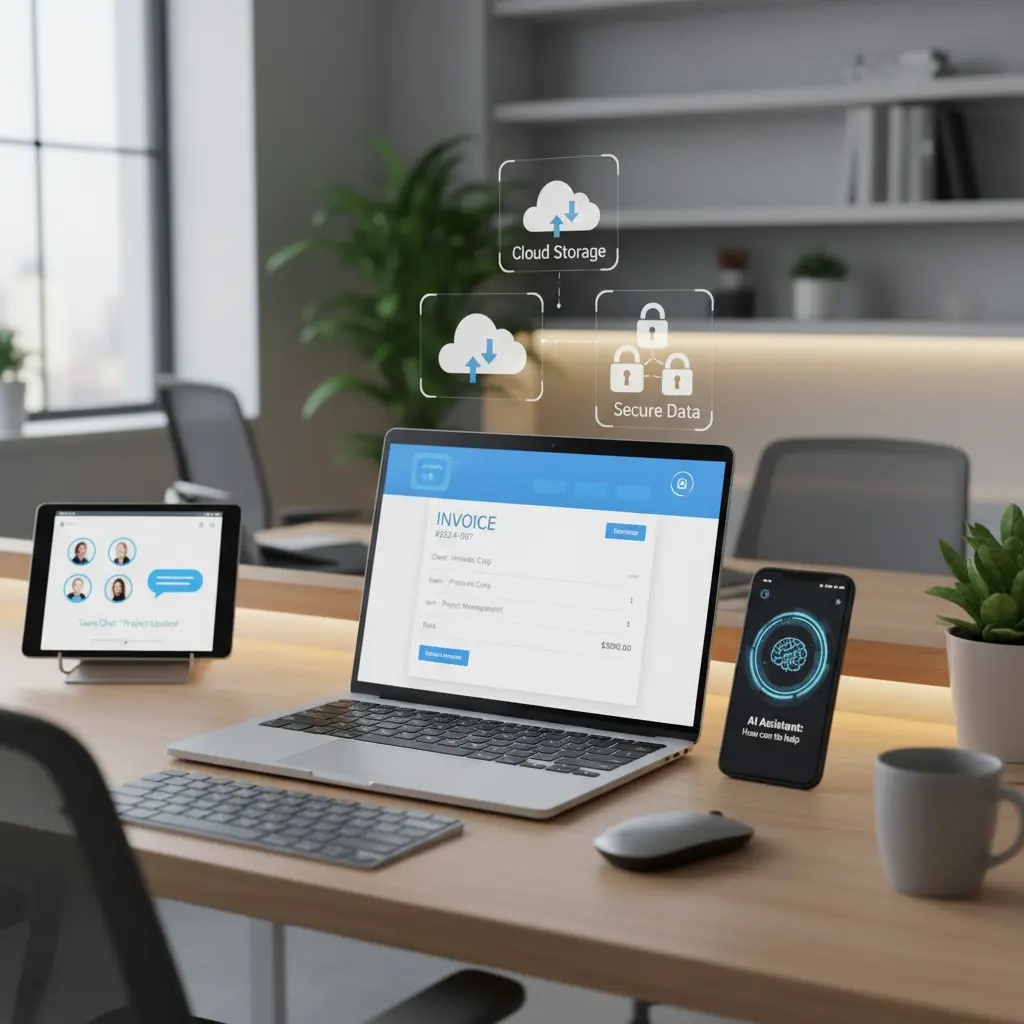
Cybercriminals are changing how they attack small businesses. Instead of breaking down the door, they're sneaking in with a stolen key…your login credentials.
It's called an identity-based attack, and it's becoming the top way hackers get into systems. They steal passwords, trick employees with fake e-mails, or overload people with login requests until someone slips. And, unfortunately, it's working.
In fact, one cybersecurity company reported that 67% of serious security issues in 2024 came from stolen logins. Big companies like MGM and Caesars were hit by this kind of attack the year prior– and if it can happen to them, it can definitely happen to smaller businesses too.
Most of these attacks start with something simple, like a stolen password. But the techniques are getting smarter:
They're even targeting things like employee personal devices or outside vendors (like your help desk or call center) to find a way in.
Here’s the good news: You don’t need to be a tech wizard to protect your company. Just a few smart steps can go a long way:
Hackers are after your login credentials, and they’re getting more creative every day. Staying ahead of them doesn’t mean doing it all alone.
That’s where we come in. We can help you put the right protections in place to keep your business safe – without making things harder for your team.
Want to know if your business is vulnerable? Let’s talk. Book a discovery call here:


